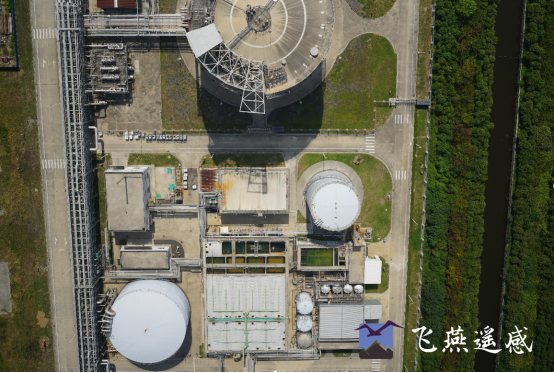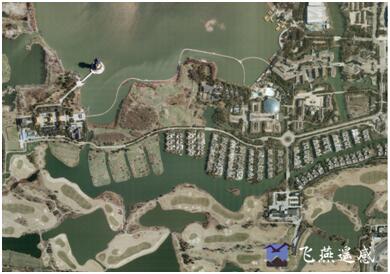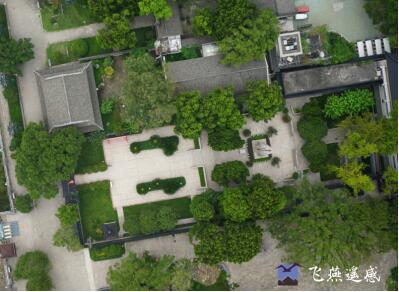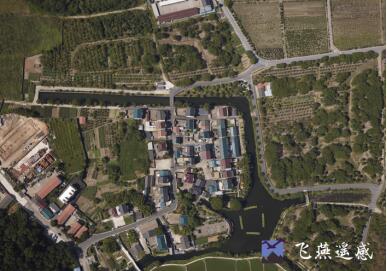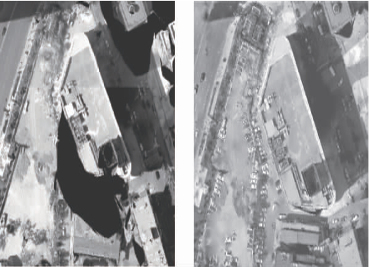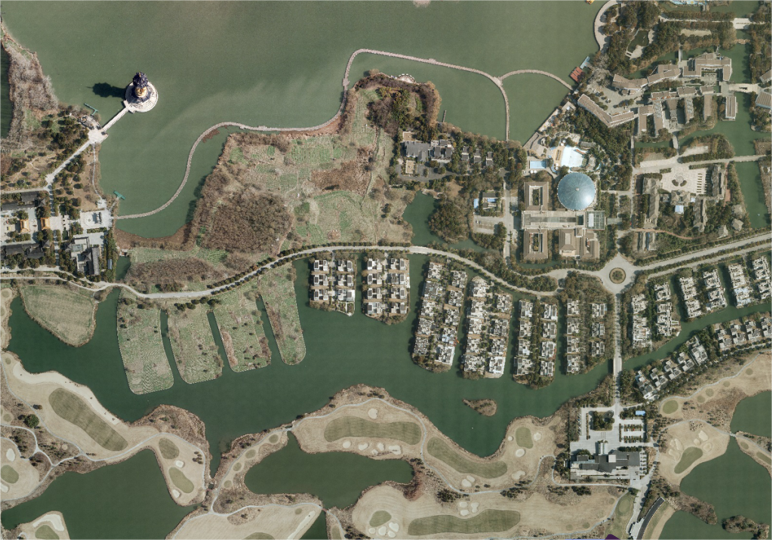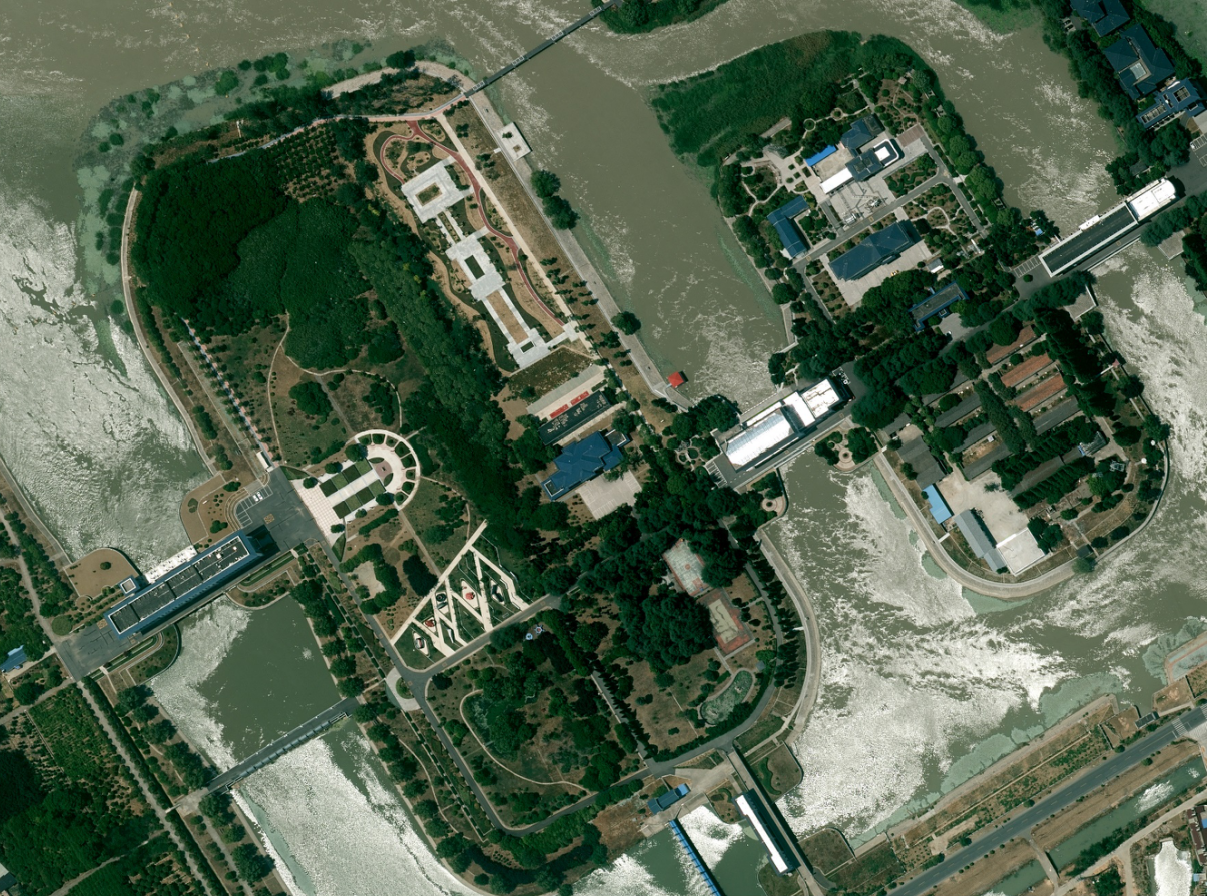
search
What is DOM in mapping 4D products?
Mar 22, 2022

1. 4D products
With the combination and continuous development of mapping technology and computer technology, maps are not limited to previous models. Modern digital maps are mainly composed of DOM, DEM, DRG, DLG and composite models.
Mapping 4D products mainly include DOM, DEM, DRG and DLG.
What is DOM? In mapping Aerial photography it means digital orthophoto.
DOM (digital orthophotograph) refers to the image data generated by using aerial photos and Remote sensing images, which are edited according to the scope of the map after the pixel correction. Its information is rich and intuitive, with good legibility and measurability, from which the physical geography and social economy information can be extracted directly.
DEM (digital elevation model) : the digital elevation model is a set of Numbers expressing the undulations of the ground. It can be used to make perspective drawing and section drawing, calculate the engineering earth and stone, count the surface coverage area, and analyze the geomorphologic form related to elevation, access condition and flood area.
DRG (digital raster map) : digital raster maps are digital products in the raster form of paper topographic maps. It can be used as background and related to other spatial information for data collection, evaluation and update, and can be integrated with DOM and DEM to derive new visual information.
DLG: vector data set stored in layers of underlying geographic elements on existing topographic maps. Digital line drawing includes both spatial information and attribute information, which can be used for construction planning, resource management, investment environment analysis and other aspects, as well as as the spatial positioning basis of various professional information systems such as population, resources, environment, transportation and public security.
2. DOM collection method and production process
We already know what DOM means. So how does DOM(digital orthophoto graph) collect data and produce it?
Digital orthophoto image is a digital orthophoto data set generated by using digital elevation model (DEM) to correct the projection error of scanned digital aerial image or satellite image data collected at high altitude and inlay them pixel by pixel.
For aerial photos, the full digital photography system is used to restore the photographic attitude during Aerial photography, establish a three-dimensional model, detect, edit and generate DEM in the system, and finally produce DOM with high accuracy.
For satellite image data, existing DEM data can be used to generate DOM data through single-chip digital differentiation correction.
(1) DOM production process
Before generating DOM, relevant data should be collected, that is, data preparation stage, including original digital aerial photos, analytical aerial triangulation results, DEM results, etc.
After the completion of data preparation, in software, L1 level image of each strip correcting, obtain ChanHang belt are orthographic images (L2), and examine the orthogonal projection of the corrected as if there is a problem such as deformation, distortion, ghosting, fuzzy, an analysis of the causes are not ideal area, repeatedly modified until the generate qualified images.
Samples were selected based on experience. The samples required features with comprehensive elements and rich color saturation, including residential areas, roads, rivers, fields and other features. The application software, according to the sample of the corrected single strip image of the overall uniform light uniform color, make the whole area of the orthophoto tone consistent. For the deformation, loss of features, uneven color transition and other problems in the image, the software is used to repair the image.
After the above work is completed, the image results are segmented and clipped in DOM by software, and the required scale is used to generate a standard map for 20m of external expansion of the coordinate system. After framing clipping, ensure that the raster coordinates of the first pixel in the upper-left corner of each DOM are located at the center of the pixel, and that the value of the planar coordinate system of the DOM grid should be an integer multiple of the pixel resolution.
(2) DOM quality check
Once you've finished making the DOM, you need to check the quality of the DOM. From the mathematical basis of DOM results, framing and numbering, resolution, data coverage, accuracy, image quality and other aspects, the image results were 100% checked, and corresponding inspection records were formed.
Note that when DOM quality checks:
в‘ DOM mathematical foundation should be correct, within the scope of the image should be no loopholes;
в‘Ўthe DOM should have clear images, moderate contrast, even color and tone, with continuous, seamless and visual consistency;
в‘ўAfter inlaid DOM, there should be no obvious change in gray level or obvious inlaid marks near the inlaid line;
в‘Јthe features and landforms on the digital orthophoto image should be true, without distortion, noise, cloud shadow and other defects;
в‘Өthe overall appearance of digital orthophoto images should be neat and beautiful;
в‘ҘThe edge difference on the image data does not produce the visual difference of integrity and distinctiveness
Application of DOM in various industries
DOM has the advantages of high precision, rich information, intuitive and real, and can be used as background control information to evaluate the accuracy, realism and integrity of other data. It can aggregate natural resources and social development information, and provide reliable basis for disaster prevention and public facility construction planning. It can also extract and derive new information from it to realize the revision and update of the map.
In the field of urban mapping, DOM has been widely used in urban planning and design, transportation planning and design, survey of urban green coverage rate, survey of urban built-up area development, planning of scenic spots and historic interest areas, survey of urban development and ecological environment, and research on sustainable development, and achieved significant social and economic benefits.
-
 Mar 22, 2022
Mar 22, 2022What is the difference between TDOM and DOM?
TDOM is called true projection image, which eliminates the projection error of the building, and only the top of the building can be seen, and there will be no occlusion between buildings. DOM is called orthophoto. It does not eliminate the projection error of the building. The building is inverted, and high-rise buildings often cover low-rise buildings. There are difference between TDOM and DOM. More > -
 Mar 29, 2023
Mar 29, 2023Advantages, Disadvantages and Applications of Digital Orthophoto Map(DOM)
A detailed introduction about the advantages and disadvantagesпјҢsolutions and applications of DOM. More > -
 Apr 21, 2023
Apr 21, 2023What is The Digital Orthomap (DOM)
The Digital Orthomap (DOM) is a computer-generated image of an aerial photo in which displacement (distortion) caused by terrain relief and camera tilt has been removed, combining the imagery features of a photo with the geometric features of a map. More > -
 May 04, 2023
May 04, 2023DOM Acquisition Method and Production Process
The digital orthophoto map uses the digital elevation model (DEM) to perform projection difference correction and mosaic pixel by pixel on the scanned digital aerial photos or satellite image data collected at high altitude, and cuts according to the range of the national basic scale topographic map The resulting digital orthophoto dataset. More > -
 May 05, 2023
May 05, 2023DOM Production Process
Relevant data needs to be collected before DOM is generated, that is, the data preparation stage, including original digital aerial photos, analytical aerial triangulation results, DEM results, etc. More > -
 May 06, 2023
May 06, 2023DOM Quality Inspection
After the DOM is made, it is necessary to check the quality of the DOM. More > -
 May 24, 2023
May 24, 2023What is the difference between TDOM and DOM? Where are they applied?
TDOM is called the true orthoimage, which eliminates the projection error of the building, DOM is called an orthophoto. It does not eliminate the projection error of the building. More > -
 Jul 13, 2023
Jul 13, 2023How to produce DOM image automatically or semi-automatically from satellite image
More > -
 Jul 19, 2023
Jul 19, 2023The production principle of digital orthographic image
More >

 Aerial Acquisition
Aerial Acquisition Satellite Acquisition
Satellite Acquisition UAV Acquisition
UAV Acquisition Field Acquisition
Field Acquisition Integrated!
Integrated! LiDAR
LiDAR Orthophoto
Orthophoto DEM
DEM DTM/DSM
DTM/DSM 3D Mapping
3D Mapping Topographic
Topographic Infrared
Infrared Feature Extraction
Feature Extraction Transportation
Transportation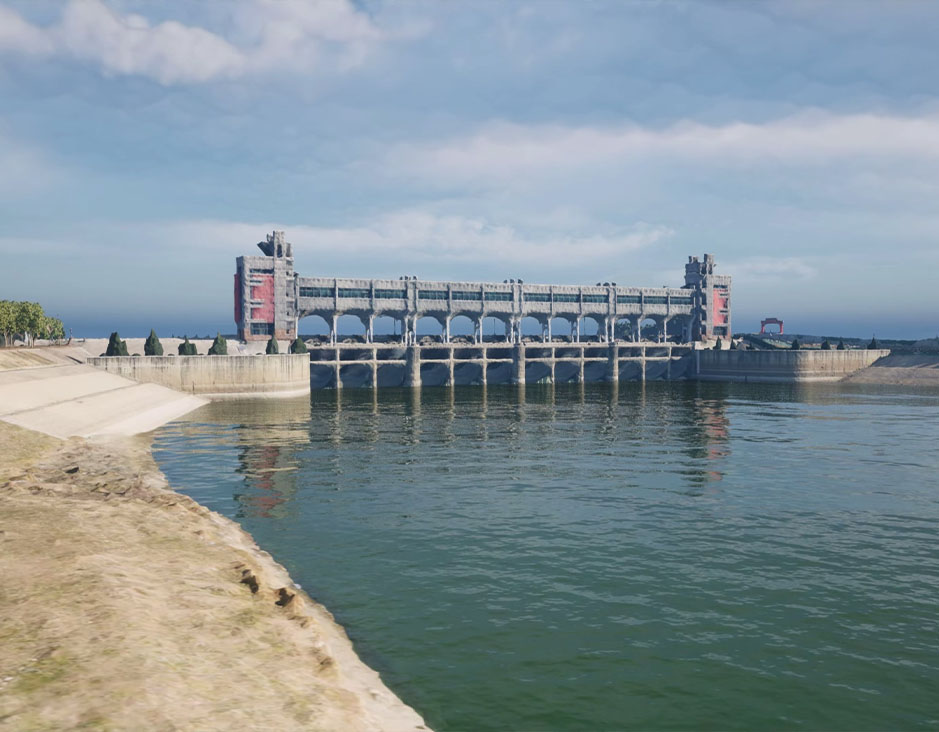 Water
Water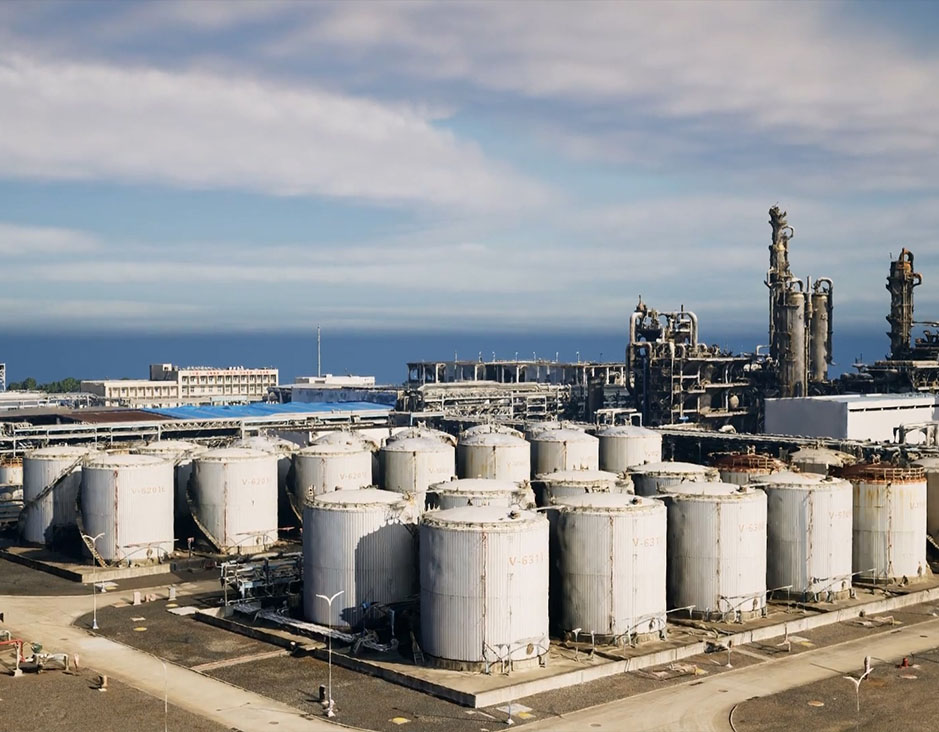 power
power 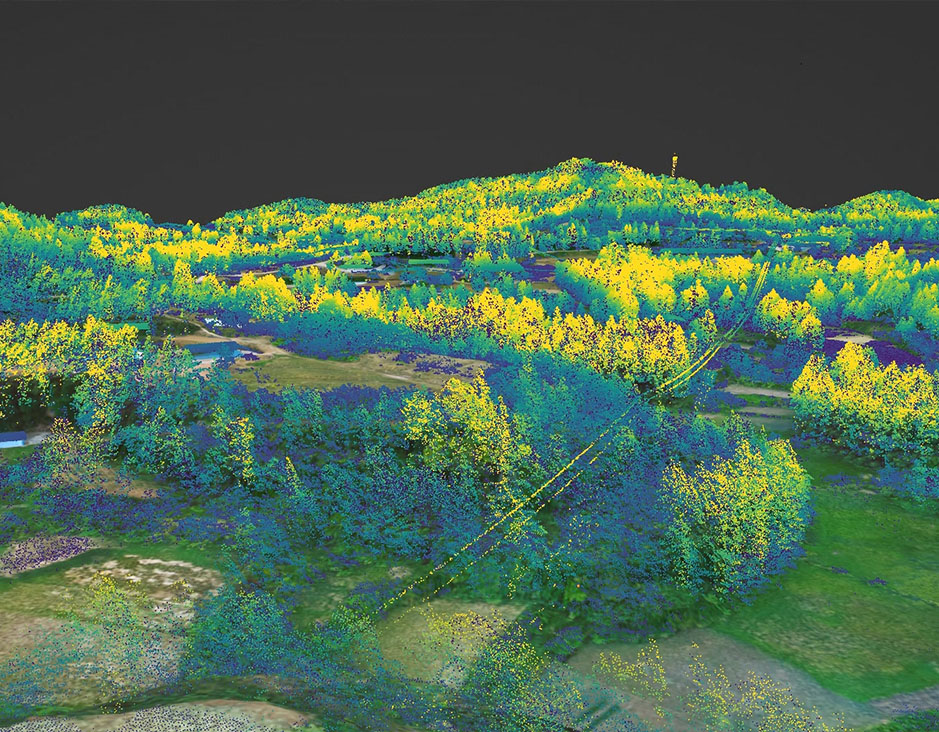 Forestry
Forestry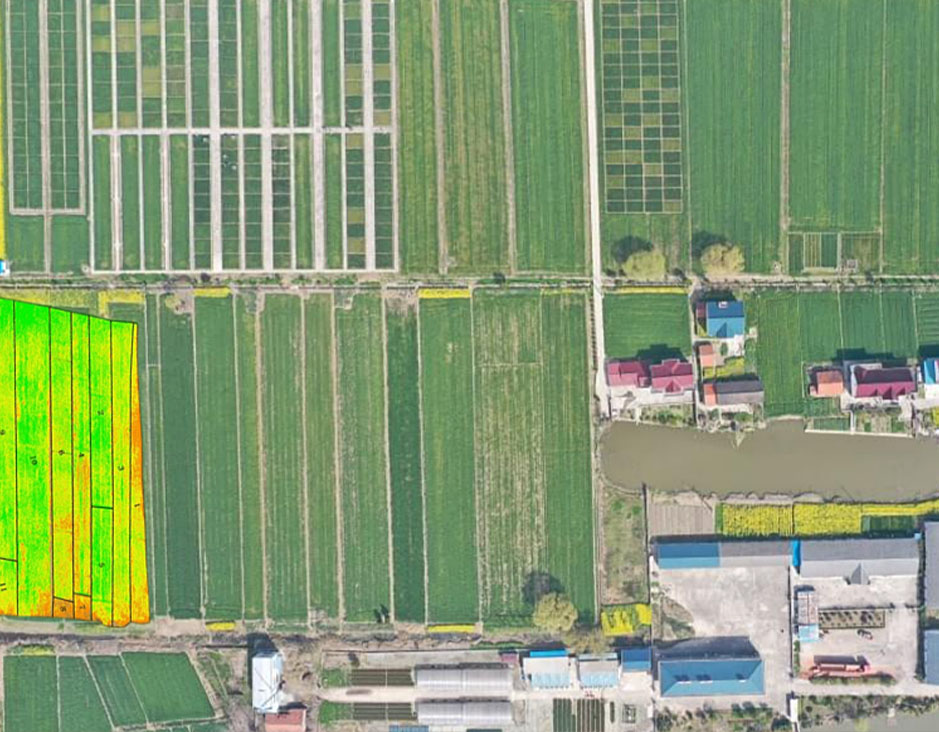 Agriculture
Agriculture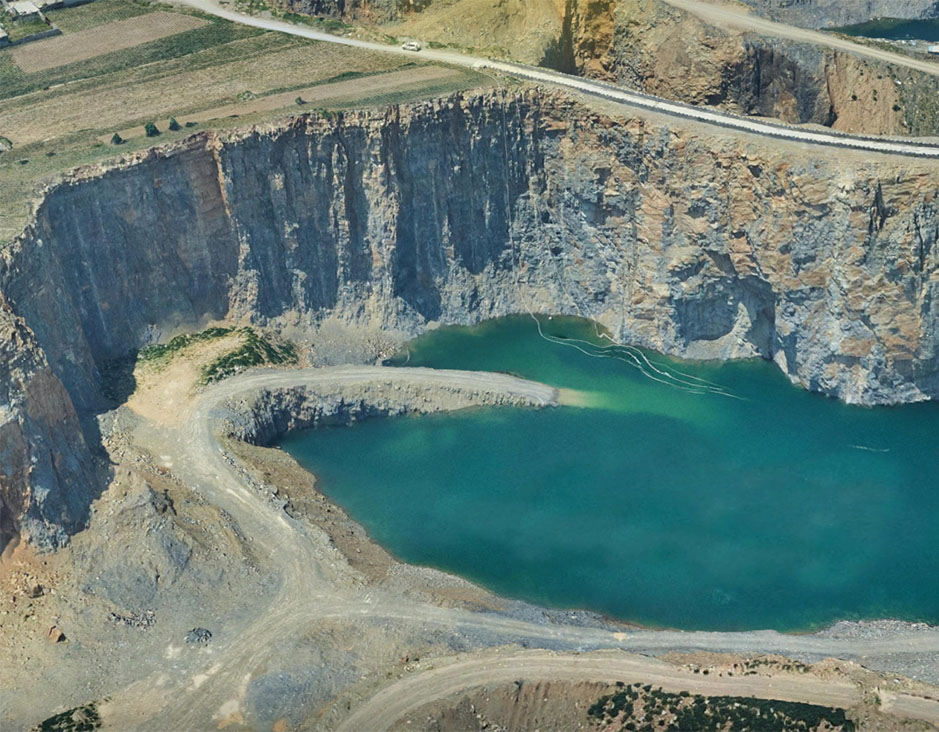 Mines & Quarries
Mines & Quarries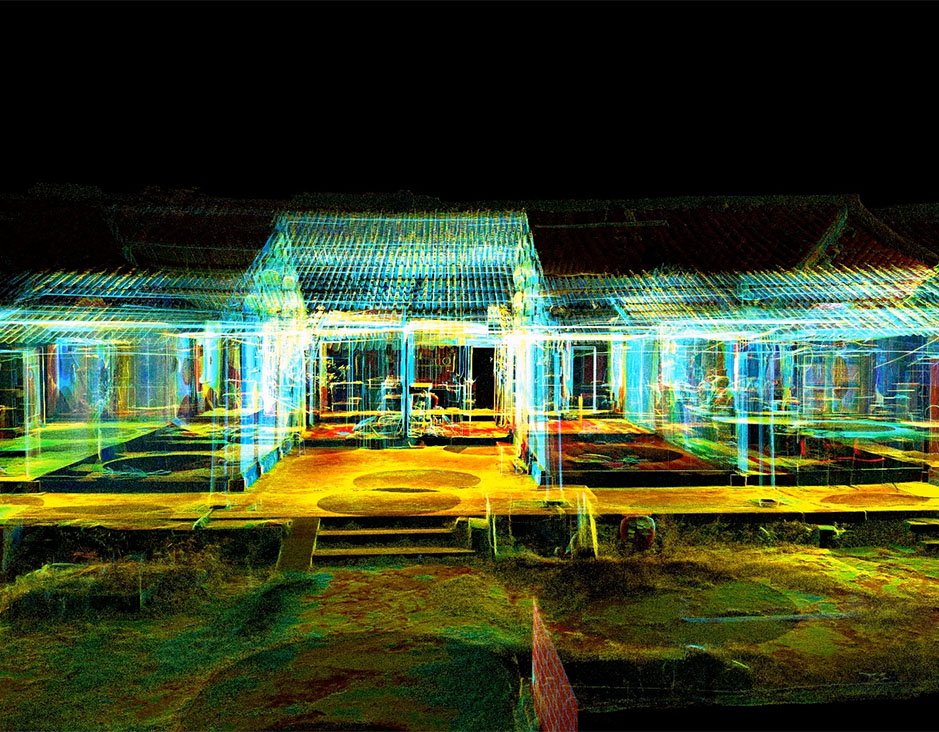 Heritage Buildings
Heritage Buildings About
About Recognition
Recognition Case
Case





